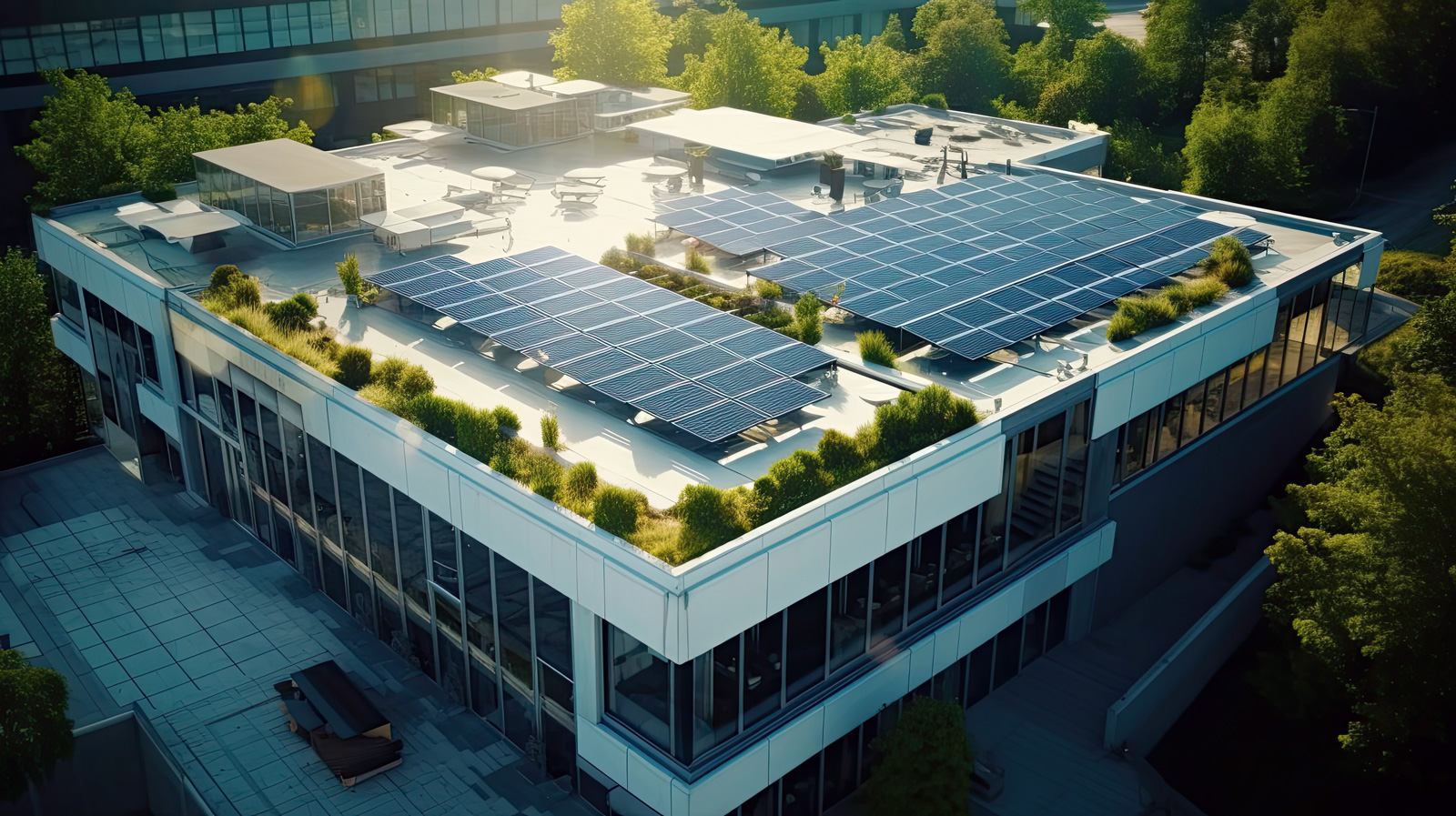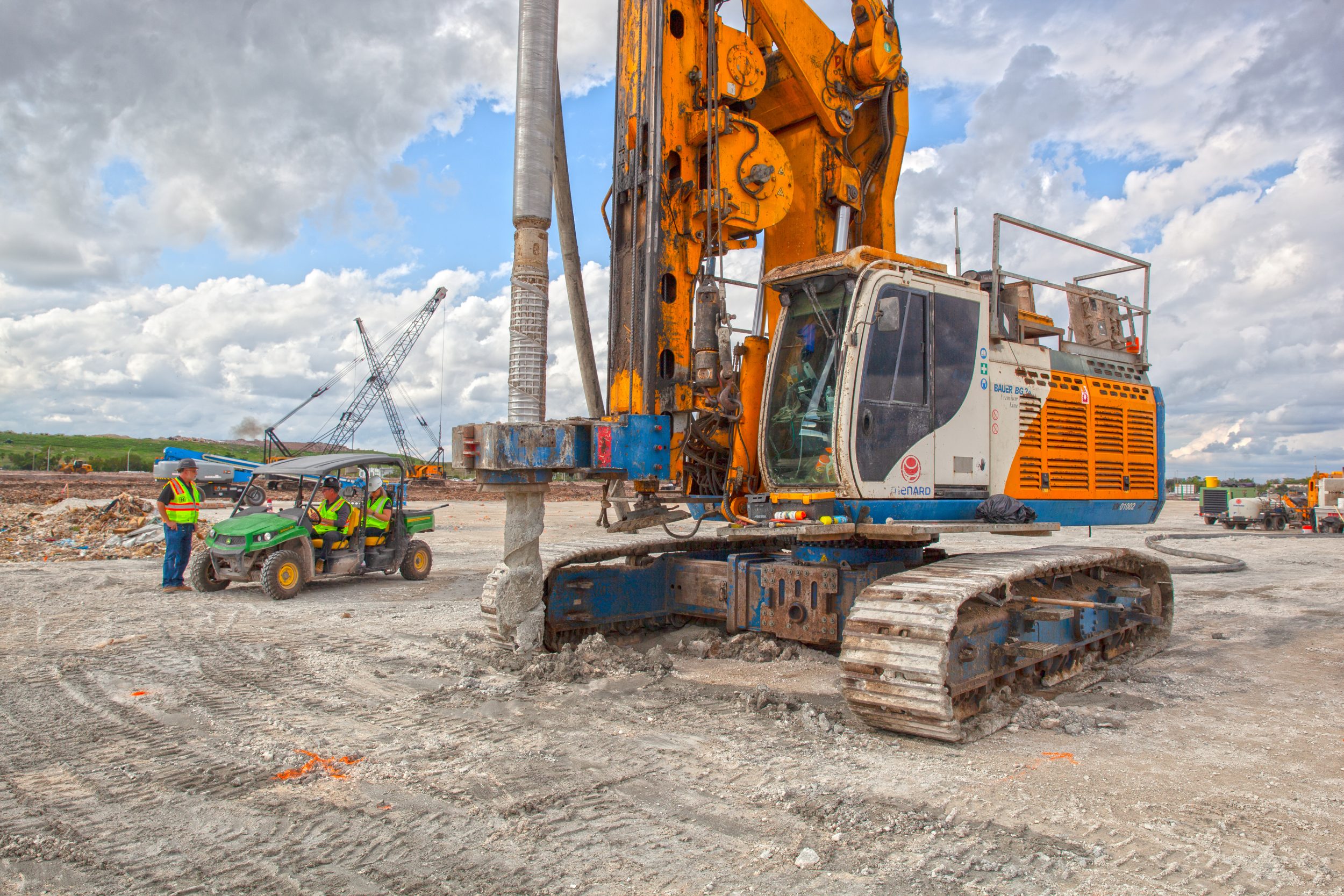Hernandez construction performs 100% of our work using tiltwall construction, a sustainable building technique.
Over the decades, Hernandez Construction has been guided by the philosophy that we can make a positive impact in the world by bringing success to our people, our partners and our clients. We believe in taking an active philanthropic role in the communities where our team members and customers live and work. We want them to be proud to work with a company that truly cares about people and goes the extra mile to do what’s right.
Hernandez Construction is committed to developing deep connections with organizations by finding meaningful and ongoing ways to give back. Creating a sense of community is essential to the individual and collective employee experience and ensures a thriving and engaged team member base. In our effort to enhance communities, we looked through the eyes of a person in need at various stages of life and created our Chances program

We knew concrete was a sustainable construction material found throughout the built environment, even before the green and sustainable building movement took hold.
Offering the attributes of durability, low maintenance, local availability, high strength, and no impact on indoor air quality, concrete can be used on every type of end-use facility. Site-cast tilt-up offers not only these attributes, but many more that make it an optimal solution for sustainable construction. In addition to the natural beauty of concrete, tilt-up construction offers the versatility to reduce environmental impact by offering smaller footprints and stacked structures, resolving urban infill, and reducing the required site area for construction.
“By offering a reduced footprint while achieving the desired space and program requirements by going vertical, the area around the tilt-up structure can become a larger green space than those required by code minimums or it can even be used for solar panel arrays or other clean energy resources,” says Todd Edge, project manager at Kenneth R. Carlson, Architect—P.A., Deerfield Beach, Fla. “Therefore, tilt-up as a design medium can possibly foster additional eco-friendly and high-performance decisions that create a lasting influence.”

Beyond design and the versatility of tilt-up, local material acquisition and the use of the building site for production can reduce the carbon footprint and carbon dioxide emissions. Wall sections are thinner and material is used more efficiently as structural components result in less materials delivered to the jobsite and less waste generated during construction. The horizontal casting surface for vertical panels also greatly reduces the forming material requirements. Both virgin material demands and consumption of landfill space are reduced through the use of tilt-up concrete. Similarly, transportation costs, fuel consumption, and therefore carbon output are minimized through the reduction of vehicles traveling to the site to deliver materials or remove waste. In addition, the speed of construction afforded by tilt-up leads to less vehicles and machines being used during construction when compared to other construction methods. A specific benefit to contractors, developers, and owners is a savings in fuel costs.

Sustainable construction focuses in part on the concepts of recycle and reuse. Tiltup construction applies these concepts in several ways.
- During construction, recycled materials, such as steel reinforcement, large and small aggregates, commonly are used.
- Tilt-up buildings are more easily expanded during renovations or adapted for reuse. “For reuse, existing tilt-up structures offer an ease of expansion and retrofit that is not readily available with other construction methods,” says Edge. “Panels can be designed to be movable and engineered with the structural efficiency to allow for the modification and/or removal of openings. Knock-out openings can be designed into panels to allow for new doorways and windows based on the future phasing of a project.”
- During renovation, remodeling, or demolition, recycling occurs as tilt-up wall panels are crushed and used as the subbase for sidewalks, parking lots, casting slabs, or roads. Similar recycling occurs with the temporary slab conditions used to cast the panels.


Understanding the Impact of our Products
In addition to complying with all applicable design and construction environmental laws and regulations, we commit to the following sustainability guidelines:
Within Our Office Practices
- We make environmental concerns an integral part of our planning, decision-making and operational processes and commit sufficient resources to implement effective environmental and sustainability programs.
- We have implemented environmental procurement practices for durable goods and supplies.
- We have implemented energy-efficiency measures for our energy use operations.
- We have adopted healthy environmental construction practices for construction work within our offices.
- We provide refillable water cups for everyone at the office to use instead of plastic water bottles.
- We promote and practice sound environmental stewardship of all company-owned facilities and properties and all natural and cultural resources under our management.
- We ensure the proper handling and disposal of all wastes, and minimize their creation while pursuing opportunities to prevent pollution and recycle and reuse waste materials.
Within Our Construction Practices
- As a builder, we will avoid, minimize and mitigate any adverse environmental impacts caused by our construction operations where possible.
- We promote use of green building certification programs such as the USGBC LEED Green Building Rating System for all our projects, even those not pursuing formal green building certification.
- We maintain open channels of communication with our customers, employees, government agencies, public officials, the media and the public to meet their information needs in regard to energy, environmental and sustainability issues
- We promote the efficient use of energy and natural resources through cost-effective conservation and energy management programs.
